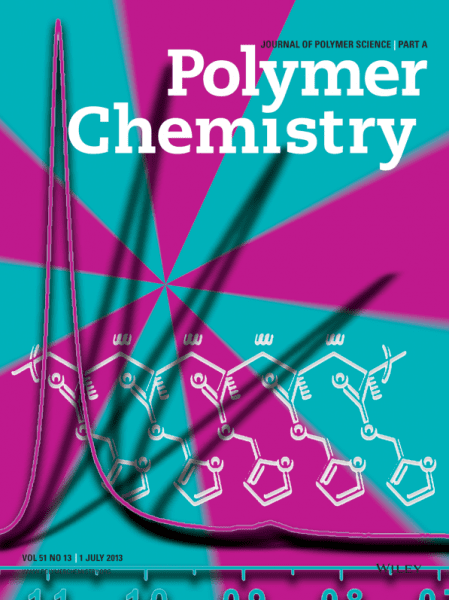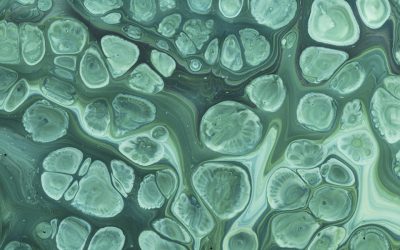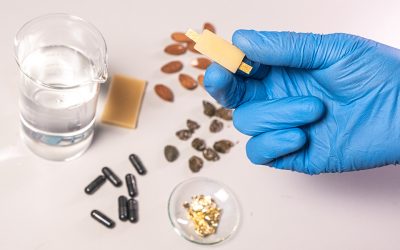The Journal of Polymer Science Part A: Polymer Chemistry the editors’ spotlight in Volume 51 Issue 13 focuses on: “Anionic Polymerization of Biomass-Derived Furfuryl Methacrylate Controlling Polymer Tacticity and Thermoreversibility,” “Synthesis and Bifunctional Asymmetric Organocatalysis of Helical Poly(phenylacetylene)s Bearing Cinchona Alkaloid Pendants via a Sulfonamide Linkage,” and “Modulation of Electronic Properties of π-Conjugated Copolymers Derived from Naphtho[1,2-b:5,6-b’]dithiophene Donor Unit: A Structure-Property Relationship Study.”
Furfuryl methacrylate (FMA) has the potential to replace methyl methacrylate (MMA) for the preparation of biomaterials due to its lower volume shrinkage and heat of polymerization. In addition, by building a polymer network through a Diels-Alder reaction, a class of thermoreversible crosslinked “smart polymers” can be synthesized for applications such as self-healing materials, adhesives, and reversible coatings. Eugene Y. X. Chen and colleagues report the first anionic polymerization of FMA. Researchers used potassium-based initiators resulting in good reaction control over kinetics and molecular weight.
Naturally occurring cinchona alkaloids can be used as versatile asymmetric organocatalysts for asymmetric transformation reactions. Eiji Yashima and collaborators synthesized four optically active helical poly(phenylacetylene)s with cinchona alkaloid pendants through a sulfonamide linkage. Investigators discovered designing bifunctional organocatalytic residues located on the interior of the helix provided more efficient asymmetric polymeric organocatalysts for enantioselective reactions. Also, sulfonamides possessing an acidic hydrogen are recognized as one of the most useful scaffold for hydrogen-bond-donor catalysts.
Bulk-heterojunction polymer solar cells hold the potential to be fabricated on flexible modules and large-area substrates via solution-casting at a much lower cost. Donor-acceptor conjugated copolymers have increased light harvesting ability and tunable electronic and optoelectronic properties. Soo-Hyoung Lee and researchers designed three donor-acceptor conjugated copolymers via Stille cross-coupling reactions incorporating theiophene-bridged naphtho[1,2-b:5,6-b’] as a donor unit. The naphthodithiophene analog can be used as a novel building block to construct π-conjugated small molecules for organic solar cell applications.


















